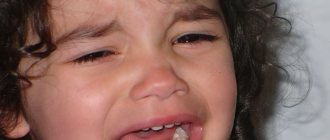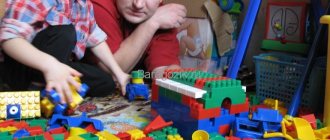Diagnostics: pitfalls
The first task in diagnosing sensory alalia is to exclude significant hearing loss and complete deafness. Corrective methods in this case will be different. Then an examination is prescribed by a neurologist, speech therapist and neuropsychologist. The examination must be comprehensive, because:
- a neurologist, despite the most modern examination methods, cannot differentiate sensory alalia from other forms of this disease;
- A speech therapist is a teacher-defectologist; he may not notice the child’s medical problems, but without his conclusion it is impossible to make a diagnosis;
- a neuropsychologist cannot cope without the observations of other specialists either, especially since at the reception sensory alalitics can behave differently: either refusing contact, or entering into it and demonstrating at least partial understanding of speech.
The NeuroSpectrum Center for Pediatric Speech Neurology and Rehabilitation has all the specialists needed to identify signs of sensory alalia in children and treat this disease. If necessary, we can schedule consultations so that the child is examined by several specialists at the same time. This allows you to confidently differentiate the disease from autism, mental retardation or other pathologies. Joint diagnosis by different specialists is often necessary if the child’s disorders are complex. Sometimes alalia is accompanied by sensory integration disorders, ADHD and other complex disorders of the nervous system. In such a situation, the speech therapist alone will be powerless. It is necessary to simultaneously solve several problems, each of which, without qualified medical and pedagogical assistance, will strengthen the other.
Complications of sensory alalia
Impaired sound perception leads to incorrect pronunciation and unformed expressive speech. An additional symptom of sensory alalia is general speech underdevelopment. It is difficult for such children to master school material due to disorders of learning skills - impaired writing and reading. They find it difficult to communicate with peers.
In later life, this causes signs of psychological disorders and emotional and volitional disorders. The intellect suffers and mental retardation develops. Children become unsociable, withdrawn, and live in their own little world.





